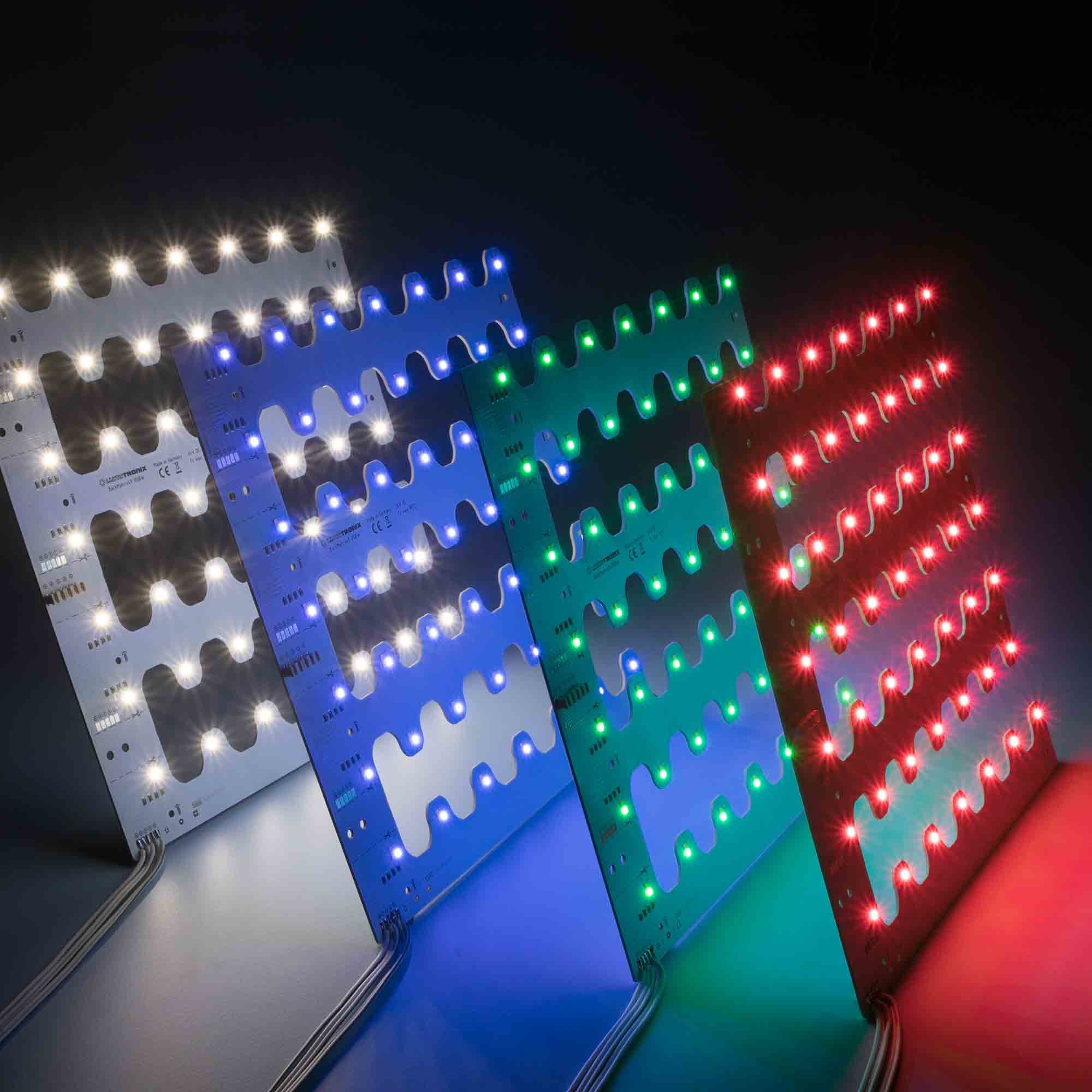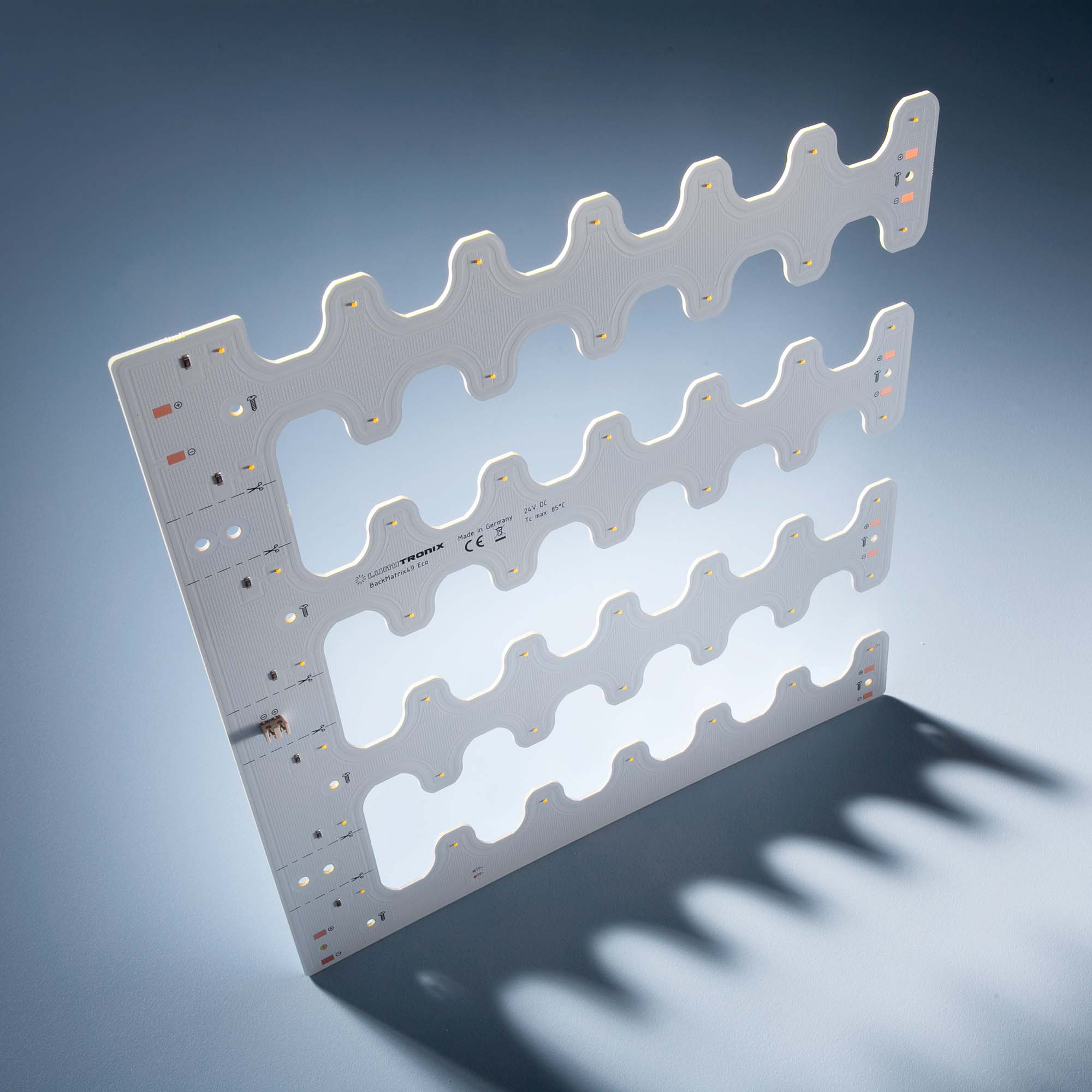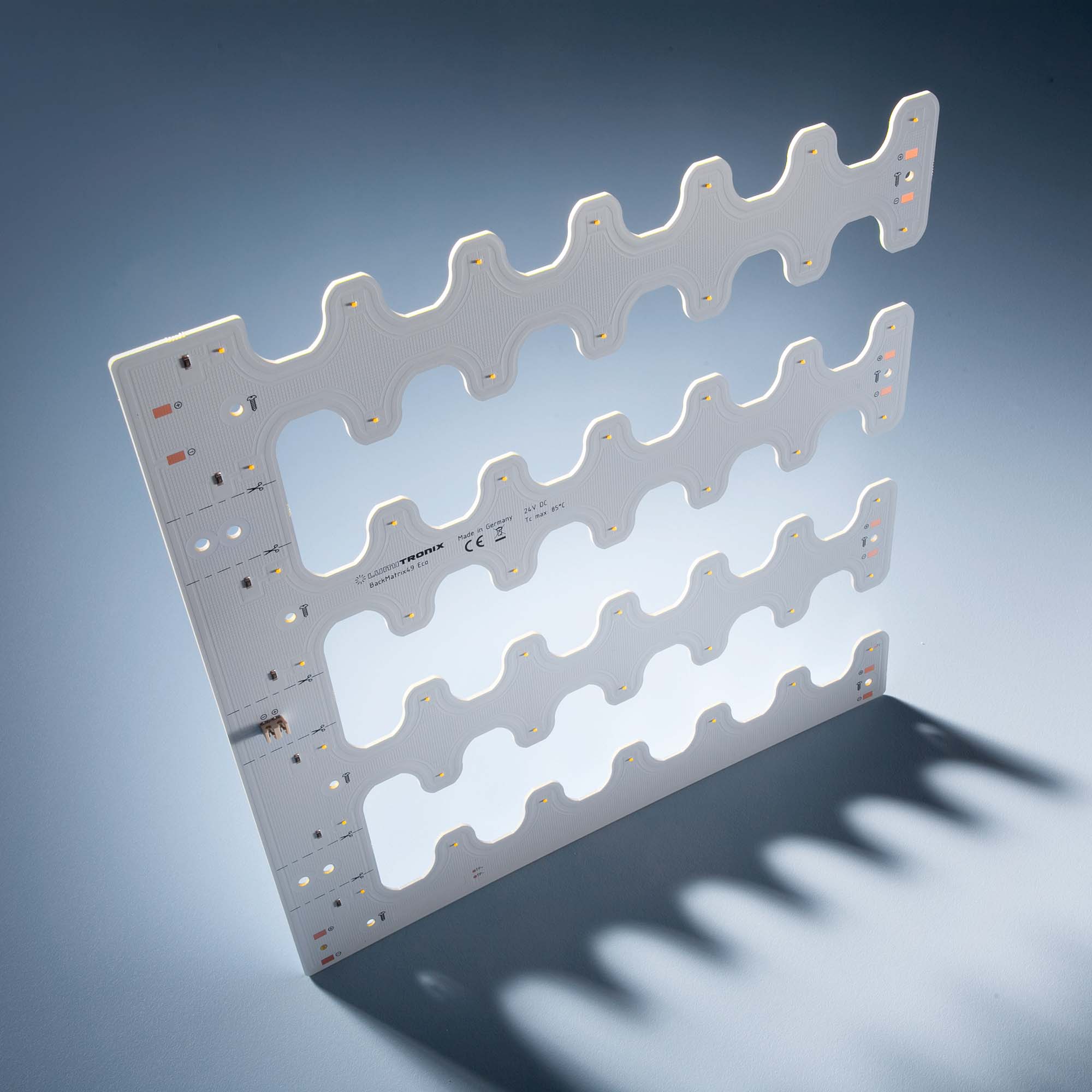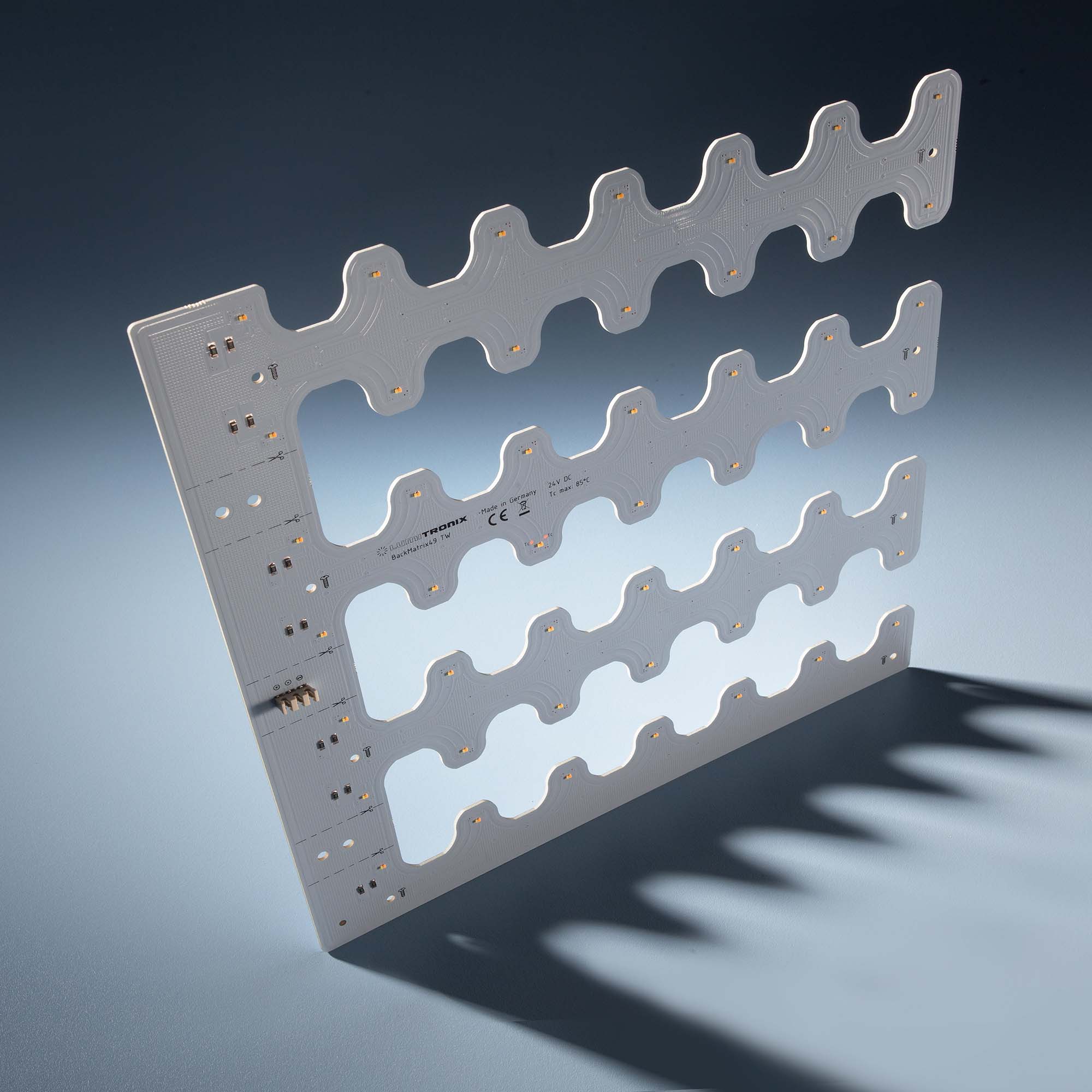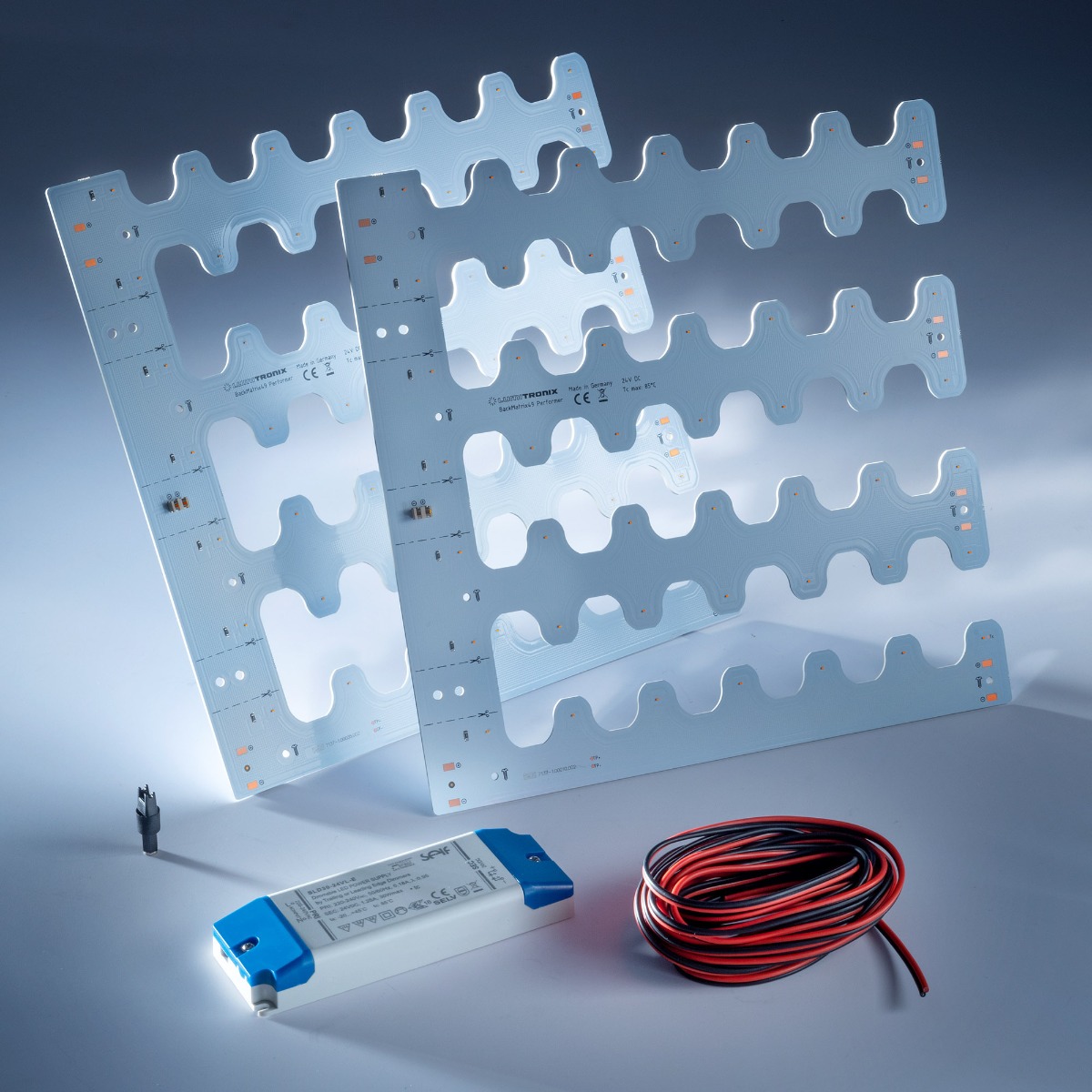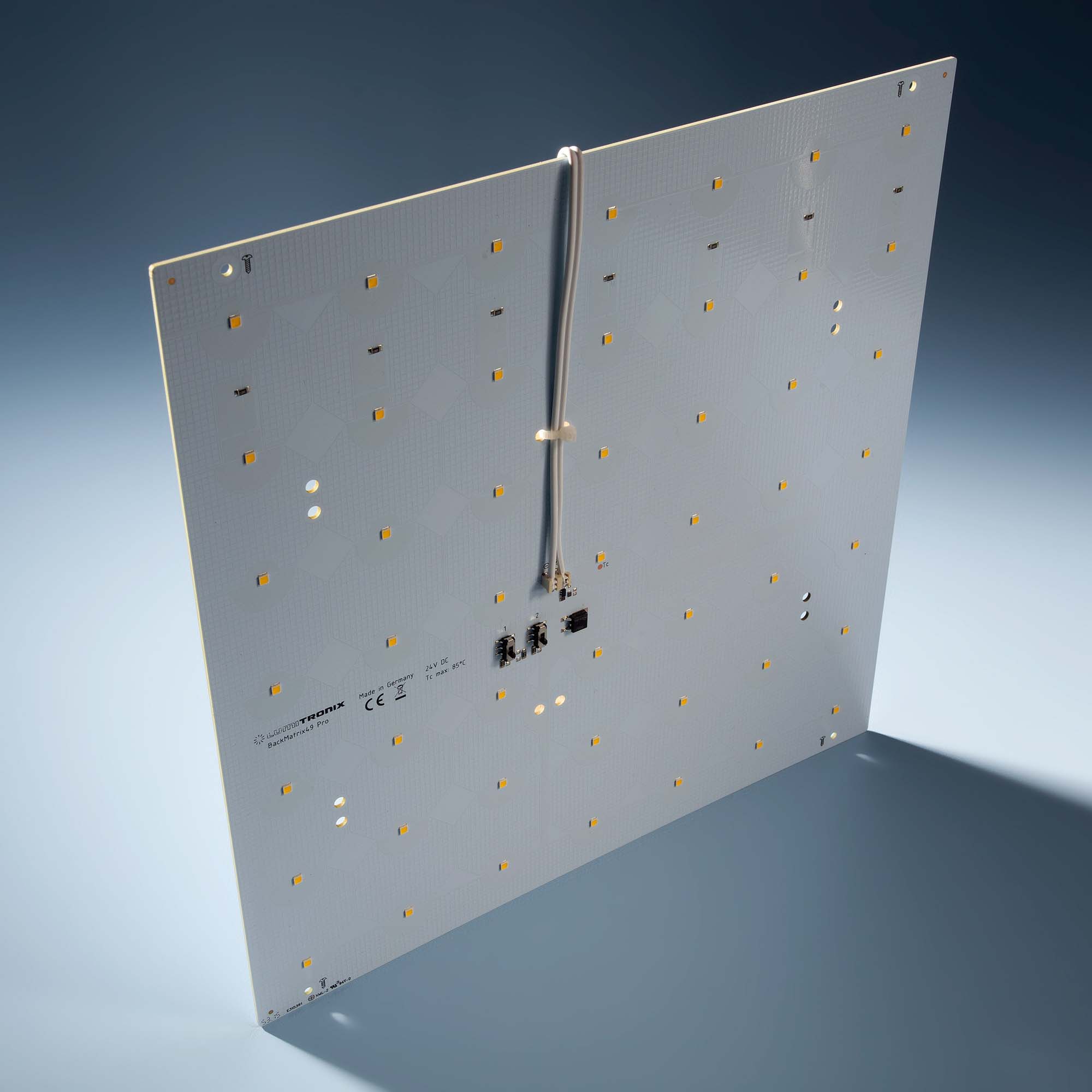Illuminated stretch ceiling LED lighting guide
- By Ledrise Led Professional
- Jan 30, 2023

Illuminated stretch ceilings are an innovative lighting design solution that has gained popularity in recent years. They offer a wide range of advantages over traditional lighting systems, including uniform illumination, a relaxing ambiance, and minimal glare. Additionally, they can be used for a variety of lighting purposes, such as ambient lighting, general lighting, and even workplace lighting.
However, designing and installing an illuminated stretch ceiling can be a challenging task, and it is essential to take various factors into consideration to ensure optimal results. One of the most important factors to consider is the choice of materials, as the translucency of the stretch ceiling material plays a crucial role in determining the light transmission rate and overall illumination quality. The choice of lighting source is also crucial, as it can affect both the brightness and the energy efficiency of the stretch ceiling.
Another essential aspect to consider is the optimum distance between the LEDs and the stretch ceiling. To ensure even illumination, the LEDs must be evenly distributed behind the translucent material. Therefore, the distance between the light sources and the stretch ceiling should be at least 30 cm to a maximum of around 50 cm, depending on the type of LED used.
The shape of the illuminated stretch ceiling is also an essential factor to consider. It can be personalized and feature translucent images, which can greatly influence the overall design of the space. Additionally, spotlights or lamps can be used to highlight specific areas or objects, complementing the uniform light of the illuminated stretch ceiling.
Ceiling height is another critical factor to consider, as it can impact the number and type of LED modules or strips required to achieve the desired level of illumination. Therefore, it is essential to take the ceiling height into account when choosing the LED light sources.
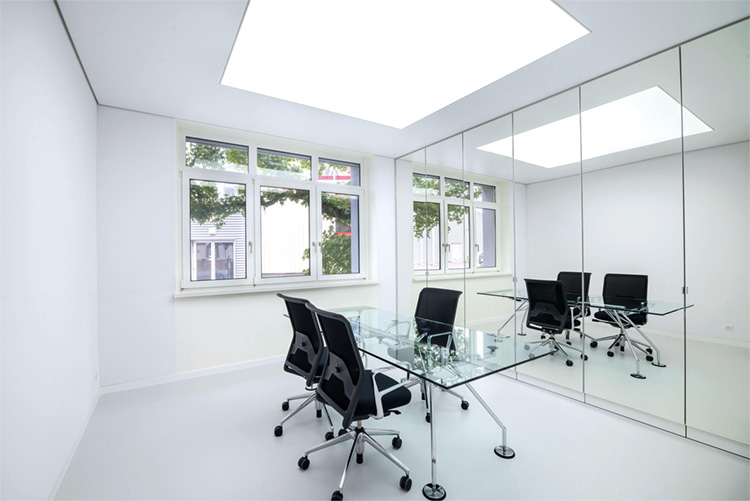
Let's explore each of the factors presented above in more detail:
1. Choose a translucent stretch ceiling translucent with a good light transmission rate
When choosing a translucent stretch ceiling, it is essential to consider its light transmission rate. For a simple white ceiling, we recommend a minimum of 50% light transmission rate. It is important to install the material with the highest transmission rate, as it can lower the LED, installation and operating costs of the illuminated ceiling. When choosing the lighting source, consider the light transmission rate. For instance, if you require 5000 lumens for a 20 sqm living room, the luminous flux of the LEDs behind a translucent material with a 50% rate should be 10000 lm.
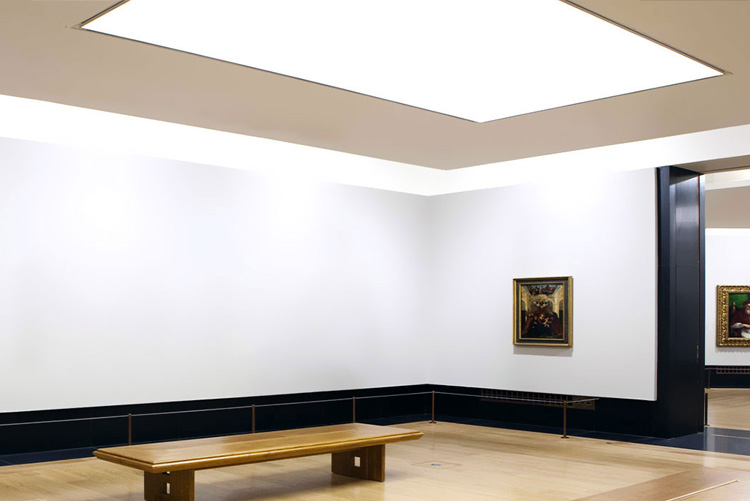
If you use a printed image on the ceiling, avoid colors that are very absorptive, such as black or dark gray. Warm colors are most suitable for this application.
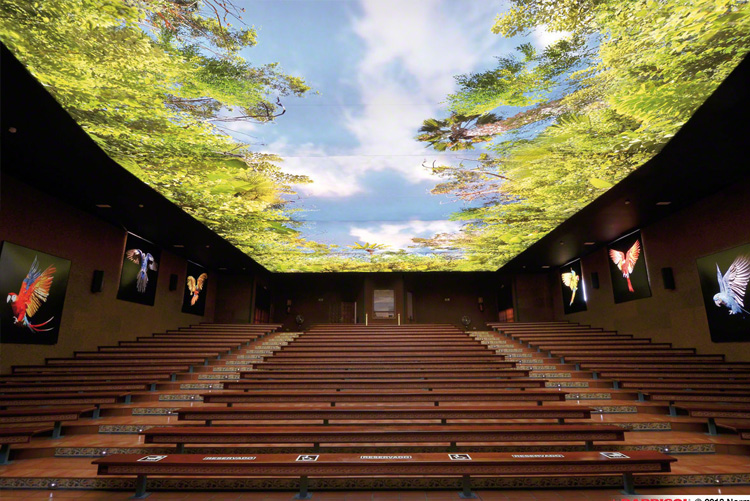
2. Choose the optimum distance between the LEDs and the stretch ceiling
- 120 deg view angle: 30 cm
- 180 deg view angle: 45 cm
3. Use of energy-efficient light sources
Choose LED modules or strips with high energy efficiency, at least 100 lm/w, to ensure the stretch ceiling has the highest luminous flux with the lowest energy consumption.
4. Choose an LED light source with the correct light output and number of LEDs.
The purpose of lighting the space should determine the type of light source to be used. For a white stretch ceiling with a 50% light transmission rate, the following values for luminous flux per square meter for LED modules can be used as a useful orientation aid:
A) Ambient light: 500-1000 lumens per square meter
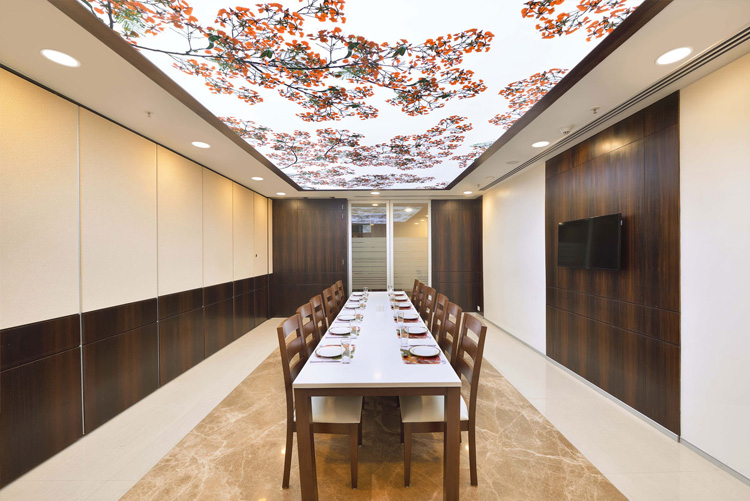
B) General lighting for residential: 1000-2000 lumens per square meter
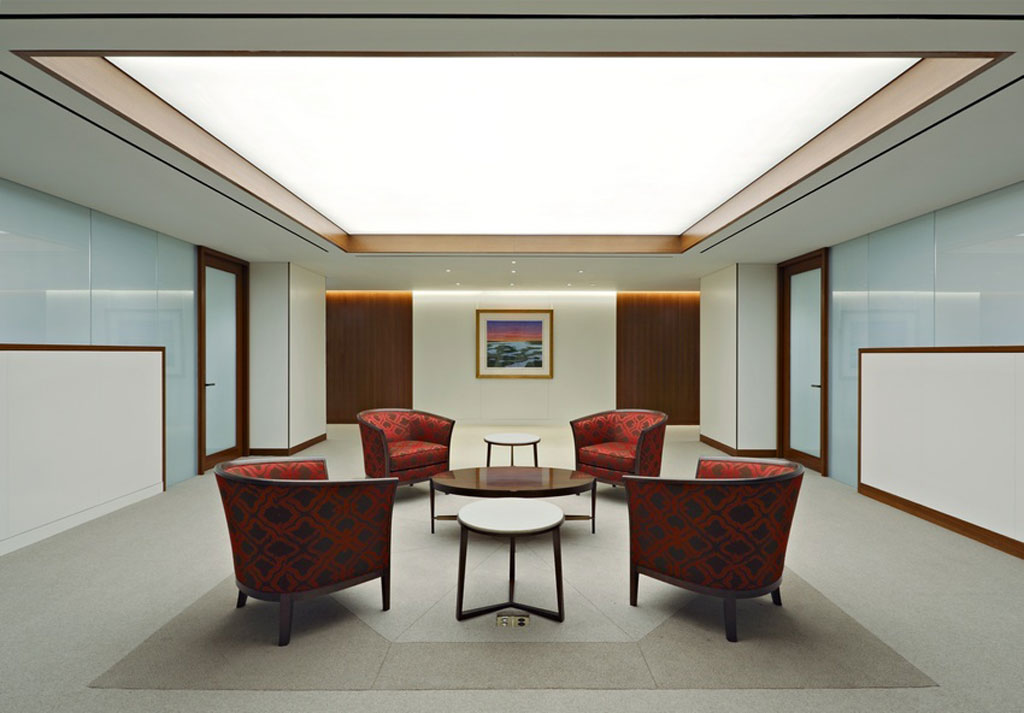
C) General lighting for commercial and business applications or workplace lighting: 2000 - 8000 lumens per square meter
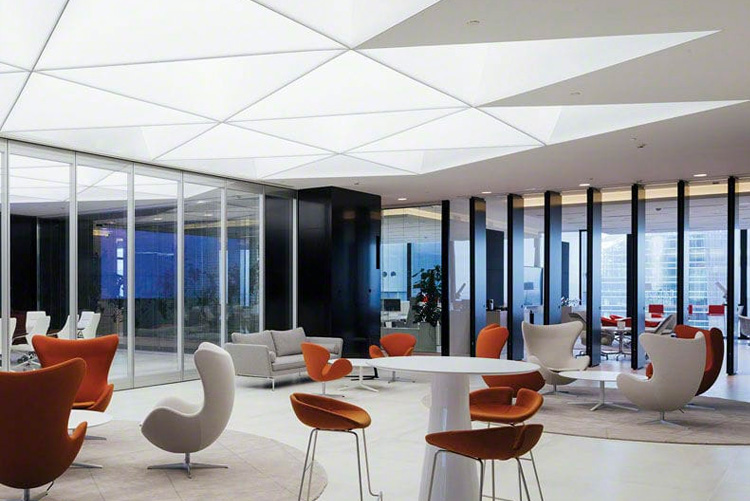
5. The LED strips or modules used for back-light must be easy to install
Since stretch ceilings require many LEDs, they must be easy to install and should use as few auxiliary parts as possible, such as wires, connectors, screws or transformers. For large areas, we recommend square or rectangular LED modules that are at least 25 cm wide, as they are easier to place evenly, compared to LED strips.
6. Use LED modules or strips with the best light quality, spectrum and color rendering index.
For general lighting purposes, we recommend light sources with a high-quality spectrum and a color rendering index (CRI) of at least 90. Currently, the best quality of light for LEDs is provided by full spectrum technology, such as Seoul Semiconductor SunLike (CRI98+), with almost day-like spectrum and maximum scores for all the CRI test colors.
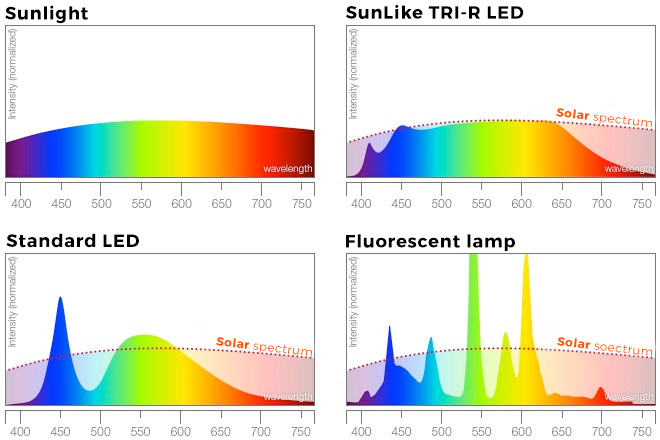
Choose LED strips with minimum CRI80 for all work and living places, such as office, living room, dining room bedroom and so on with CRI95+ as the recommended value.

7. Install LED modules or strips with the longest lifetime, the lowest color shift and best lumen maintenance.
Long-lasting LED light sources with minimal color shift over time are recommended, especially for installations with considerable size. If the brightness of the light source fades too soon or the color temperature changes, the total replacement of the installation could be the only solution for uniform lighting. Therefore, choose LED modules or strips with the longest lifetime, lowest color shift, and best lumen maintenance.
For example, if "LEDs 1" are used in the installation and the light changes as in the image on the right, replacing only some sections with "LEDs 2" will exacerbate the lack of uniformity, as in the image below.

8. Consider the shape of the illuminated stretch ceiling
Illuminated stretch ceilings can have personalized shapes and even feature translucent images. From the lighting design point of view, the uniform light should be complemented with spotlights or lamps that could attract attention to certain areas or objects. Therefore, consider the shape of the illuminated stretch ceiling and the lighting design requirements of the space.
9. Consider the ceiling height
The ceiling height can affect the type and number of LEDs required for the illuminated stretch ceiling. The higher the ceiling, the more powerful the LED modules or strips must be to achieve the same level of illumination. Therefore, take the ceiling height into consideration when choosing the LED light sources.
10. Hire a professional for installation
Properly designing and installing an illuminated stretch ceiling has a unique set of challenges. Therefore, it is recommended to hire a professional for installation to ensure the best results. A professional will consider all the factors mentioned above and ensure that the illuminated stretch ceiling is properly installed and meets the lighting design requirements of the space.
In conclusion, illuminated stretch ceilings are an attractive and functional way to illuminate interior spaces. By following the guidelines mentioned above, you can ensure that the illuminated stretch ceiling is properly designed and installed, providing the best lighting results for your space.
Or BackMatrix LED modules are the optimum solution for stretched ceilings. They are very easy to install, have a high luminous flux and even are available with LEDs that have 180 degree view angle.
1. BackMatrix-49-2080 LED modules with 2700K, 4000K, tunable white 2700-6500K or RGB+W. We recommend 4 pcs per square meter for uniform lighting at minim 30 cm depth
2. BackMatrix-49-3080 LED modules with 3000K, 4000K. 4 pcs per square meter recommended for uniform lighting at minim 30 cm depth
3. The MiniMatrix-4080 and LumiMatrix modules represent the optimal solution for building luminaires with large, light surfaces, via backlighting in a uniform, economical and durable way.
